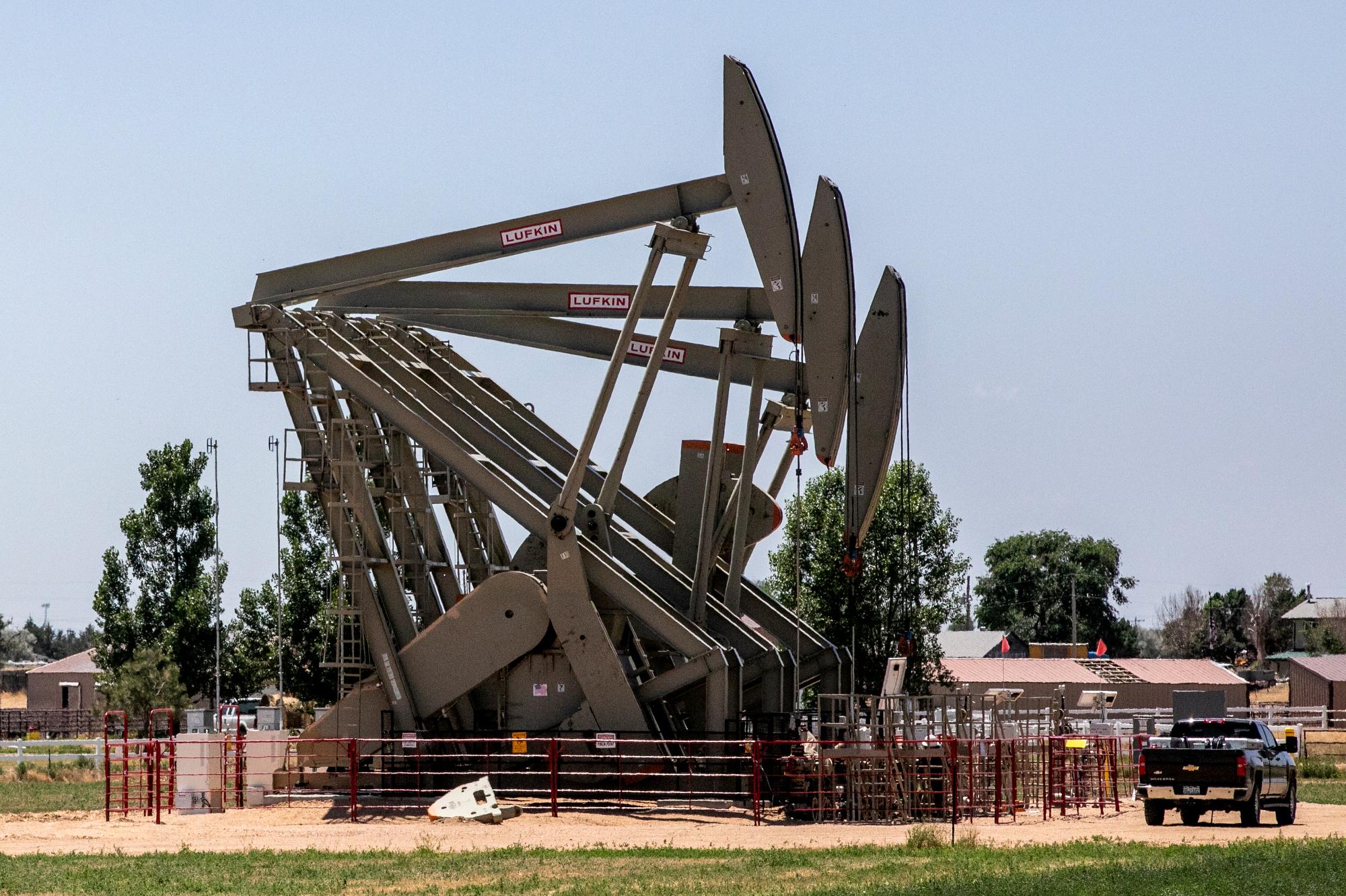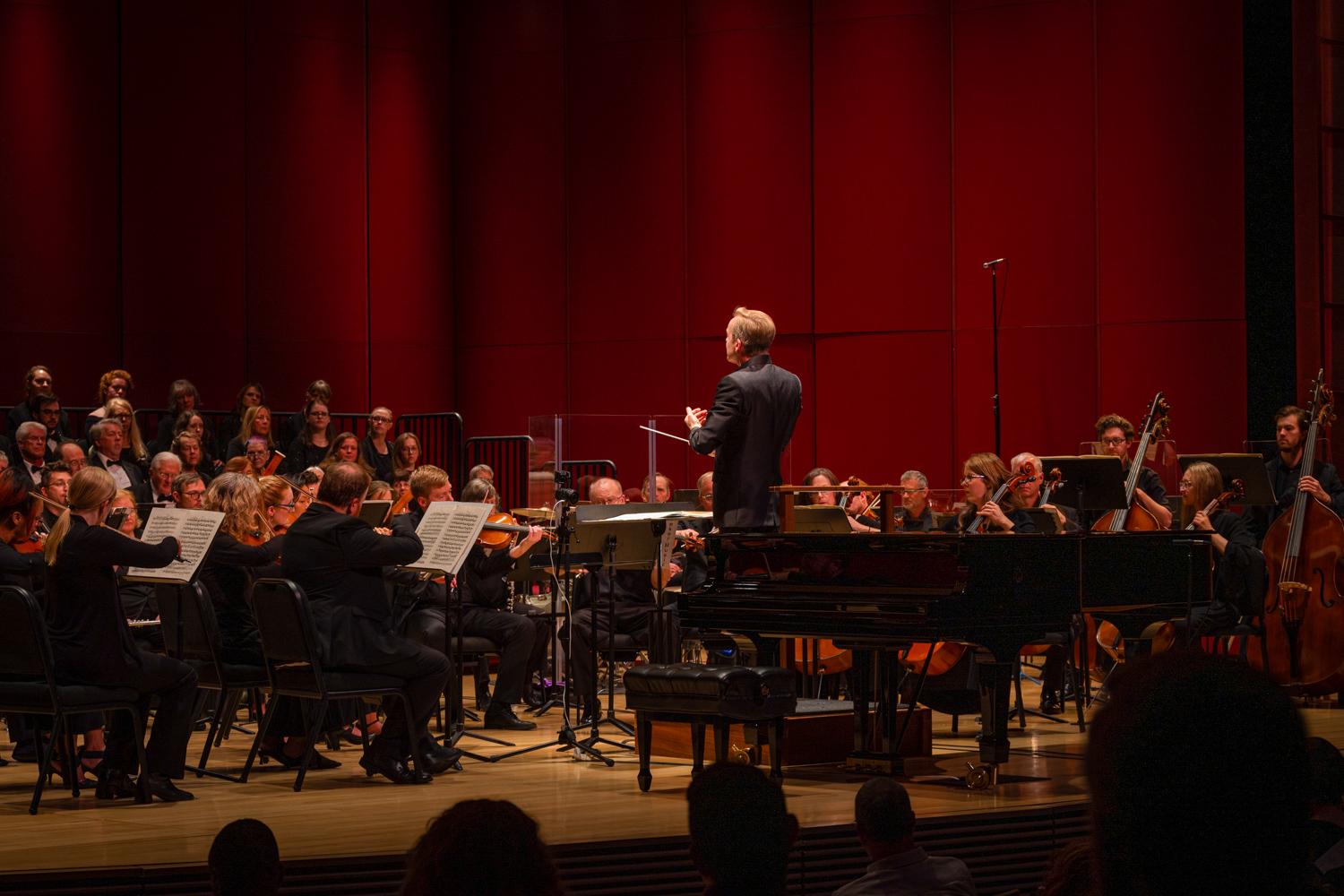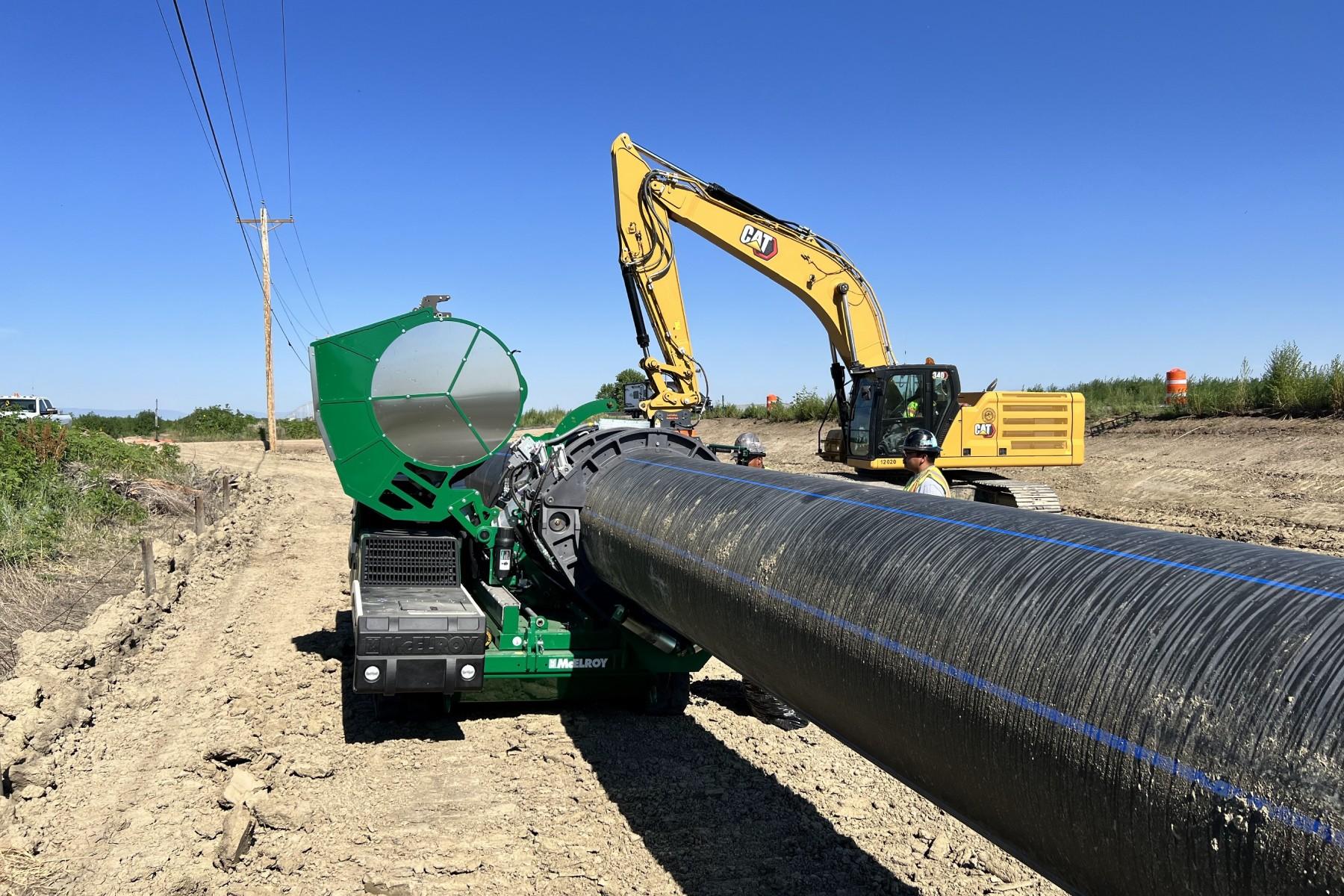
There's a surprising amount drama happening in the life of birds. These days, a lot of it is caught on tape thanks to inexpensive camera equipment that can run 24 hours a day, seven days a week. And with spring in the air, you can watch everything from hatching eggs to turf wars.
To see an osprey turf war, check out Boulder County
The Boulder County osprey camera is the most popular page on the county’s web site.
Maybe that's because there’s one too many female osprey right now. For the second year in a row, web specialist Nik Brockman explained that two osprey females can be seen in and around the nest.
A female osprey with a band was kicked out after arriving to the nest first in 2014. This year she’s back again.
“This is a little odd to see the banded female who was displaced last year who’s in the nest, currently kind of look to be like she’s got the stronghold on the nest,” said Brockman.
Or watch an eaglet in Decorah, Iowa
Streaming Decorah Eagles on Ustream
Meanwhile, the Decorah Eagle Cam just saw its numbers jump after an eaglet hatched live on camera. Bob Anderson with the Raptor Resource Project, which runs the Decorah camera, said there were several classrooms watching the event, and thousands more watching from their homes.
Anderson said he thinks what makes the Decorah camera so popular are the social interaction components built around the live feed—an army of volunteers who post videos, pictures and field questions from the public in chat rooms.
"It’s an instant interaction,” he said.
Driving web traffic with a small investment
A growing number of entities from local governments to nonprofits are noticing that the natural world can drive website traffic and advance their message.
"It’s relatively small investment for what might be a very large amount of web traffic," explained Charles Eldermire, who heads up the Cornell Lab of Orinthology’s bird camera division.
"That gives you a great audience to then talk to about at least for us, as a nonprofit what our mission is,” he said.
The Cornell Lab hosts between six to 10 cameras depending on the time of the year. And it' s not just about cameras. The feed appears on a page with its own timeline, frequently asked questions on the species, and Facebook links.
Eldermire said bird cams have led to teachable moments for the Lab’s viewing audience around the perils of plastics for the Laysan Albatross. It’s uncovered information about new, previously unknown predators to birds species.
Cameras capture nature's cruelty too
But there can be a dark side to the 24/7 world of nest cameras.
Eldermire said last year an owlet was near death and its sibling began to take an interest in it. At 1 a.m., volunteers sprung into action to put up an overlay screen preparing viewers for what they were about to see: one owlet eating another.
"We don’t sugar coat anything, but what we try to provide enough information in engaging enough way so that people aren’t surprised by what’s going to happen and they know we’re thinking of them as viewers when we’re crafting the environment that they can watch it in,” he said.
And sometimes odd bird behavior and bring out the worst in humans. This American Life recently covered the negative public reaction when an osprey camera at Wood’s Hole Oceanographic Institution captured the odd behavior of an adult female toward its hatchlings.
Eldermire said live chats are a great way to share observations and help the public sort out what it’s seeing.
“You have an entire community watching a live thing happen and communicating with each other about it, interpreting,” he said. “Our motto for these chat rooms is let’s watch together and learn.”








